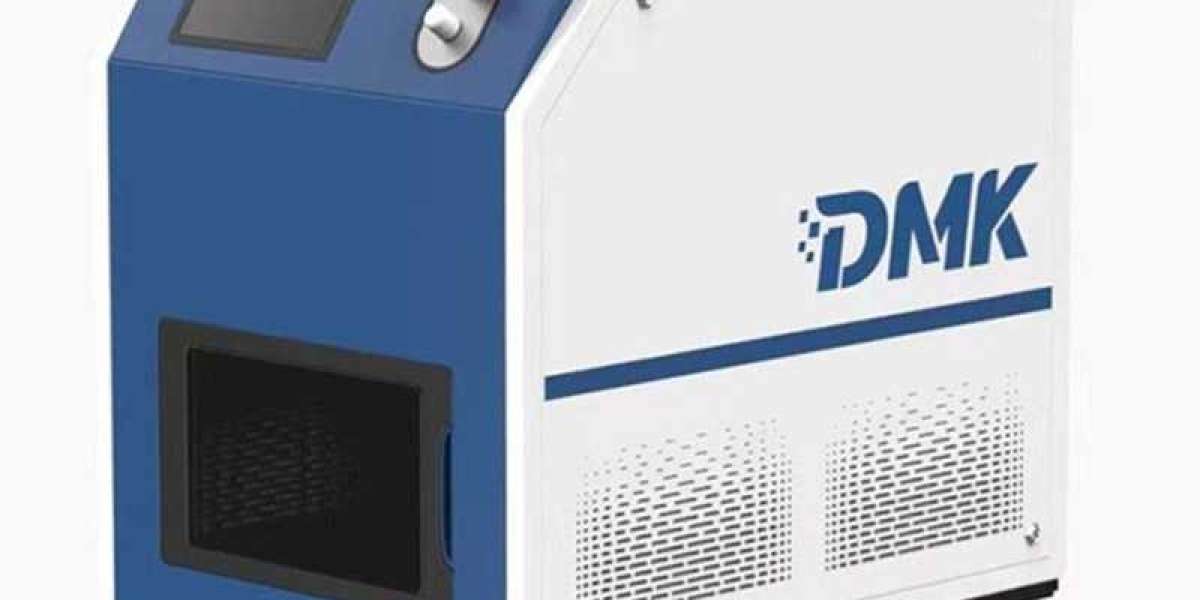Laser machines have become increasingly popular in industries such as manufacturing, medical applications, and even art restoration, thanks to their precision and efficiency. However, a common question that arises is whether these machines consume a lot of electricity. In this article, we’ll explore how laser machines work in terms of energy usage and what factors influence their electricity consumption.
How Laser Machines Work
laser paint stripping machine generate high-intensity light through a process known as stimulated emission. The laser system amplifies light and directs it at a target, such as a material or surface that needs cutting, engraving, or cleaning. The process typically requires a significant amount of energy to power the laser source, control systems, and the associated cooling systems.
Factors Affecting Energy Consumption
Type of Laser: Different types of lasers have different power requirements. For example:
- Fiber Lasers: Fiber lasers are generally more energy-efficient compared to other types, such as CO2 lasers. They are capable of delivering high power with relatively lower energy consumption.
- CO2 Lasers: While effective for cutting and engraving various materials, CO2 lasers tend to consume more energy than fiber lasers due to the nature of their design and operation.
- Diode Lasers: These lasers consume less power, making them more efficient for smaller-scale applications.
Laser Power: The higher the power of the laser, the more electricity it consumes. Industrial laser machines designed for cutting thick materials or for high-speed operations require more power. Conversely, smaller lasers used for engraving or fine cutting typically use less energy.
Duration and Intensity of Use: The amount of electricity consumed depends on how long the laser machine is in use and the intensity of the task. A laser machine operating at full power for extended periods will consume more electricity than one being used intermittently or at lower power settings.
Cooling Systems: Laser machines often require cooling systems to prevent overheating. These systems can also contribute to the overall electricity consumption. Machines that run at higher power or for longer durations may require more energy for cooling.
Energy Efficiency of Laser Machines
While laser machines may consume more electricity than some traditional methods, their energy efficiency is often better than older, mechanical tools. For instance, traditional cutting and welding techniques often involve significant energy loss due to friction, heat, or waste materials. In contrast, lasers can achieve precise cuts and operations with minimal waste, which can help reduce overall energy usage in certain applications.
Additionally, advancements in laser technology, such as fiber lasers, have made these machines more energy-efficient than ever. These lasers require less electrical power to operate, and they tend to produce less waste heat, which reduces the need for complex cooling systems.
3000w laser cleaning machine do consume a significant amount of electricity, particularly during heavy-duty applications like cutting or welding. However, the level of energy consumption depends on factors such as the type of laser, its power rating, and the duration of use. While they may use more power than some older technologies, the precision, efficiency, and reduced waste generated by laser machines make them a competitive option in many industries. With ongoing advancements in technology, laser machines are becoming increasingly energy-efficient, making them a smart choice for many applications.




